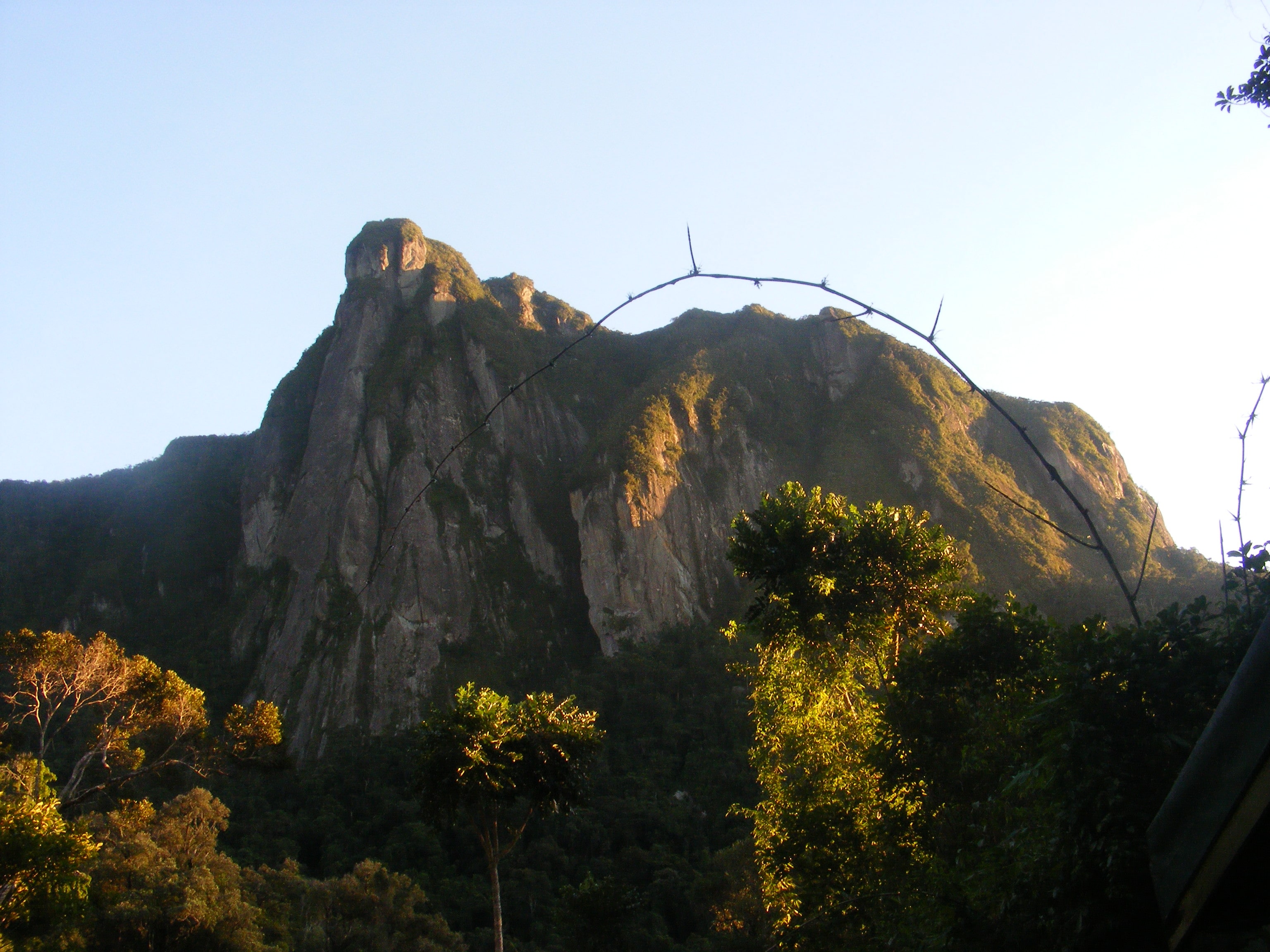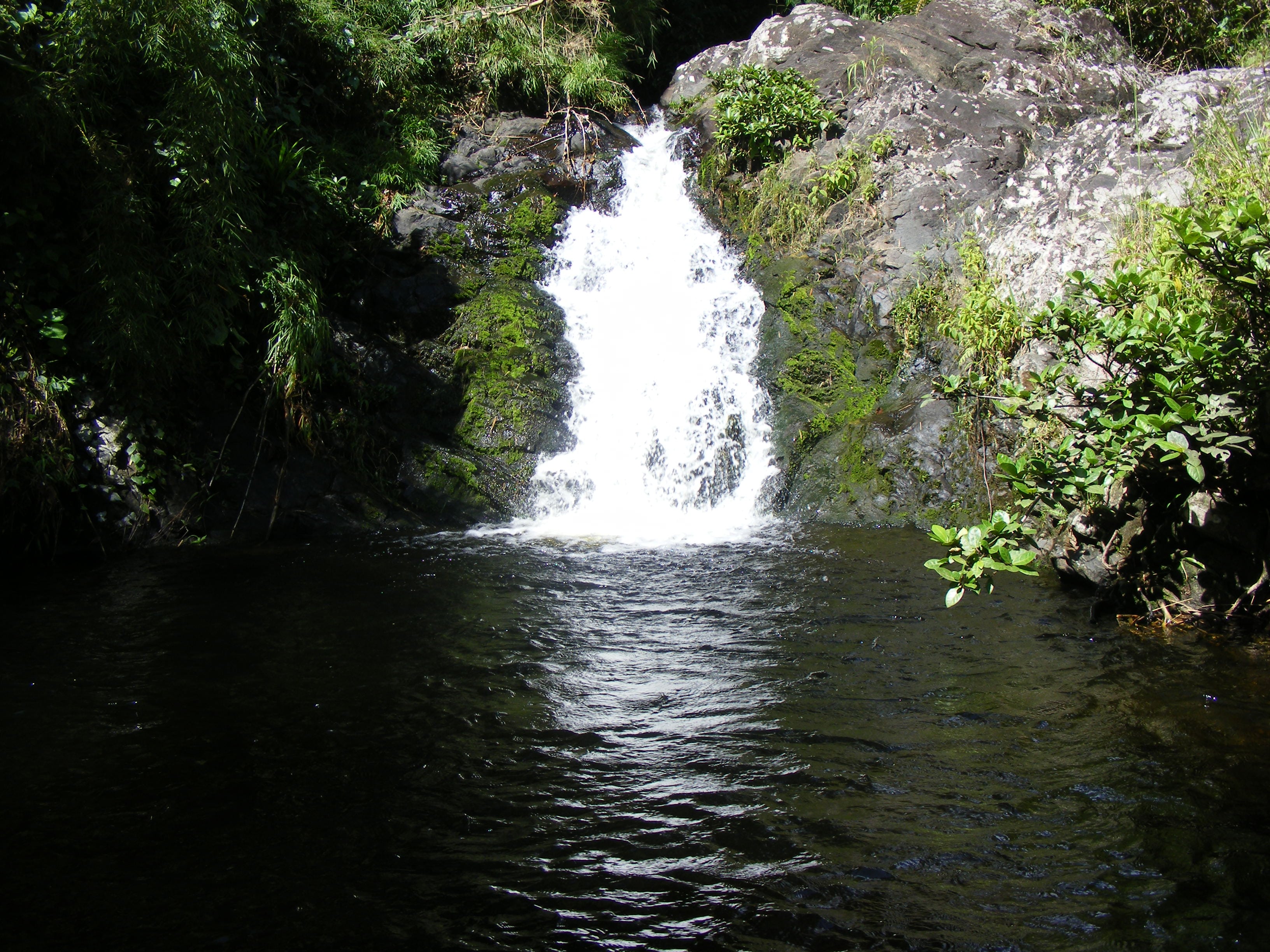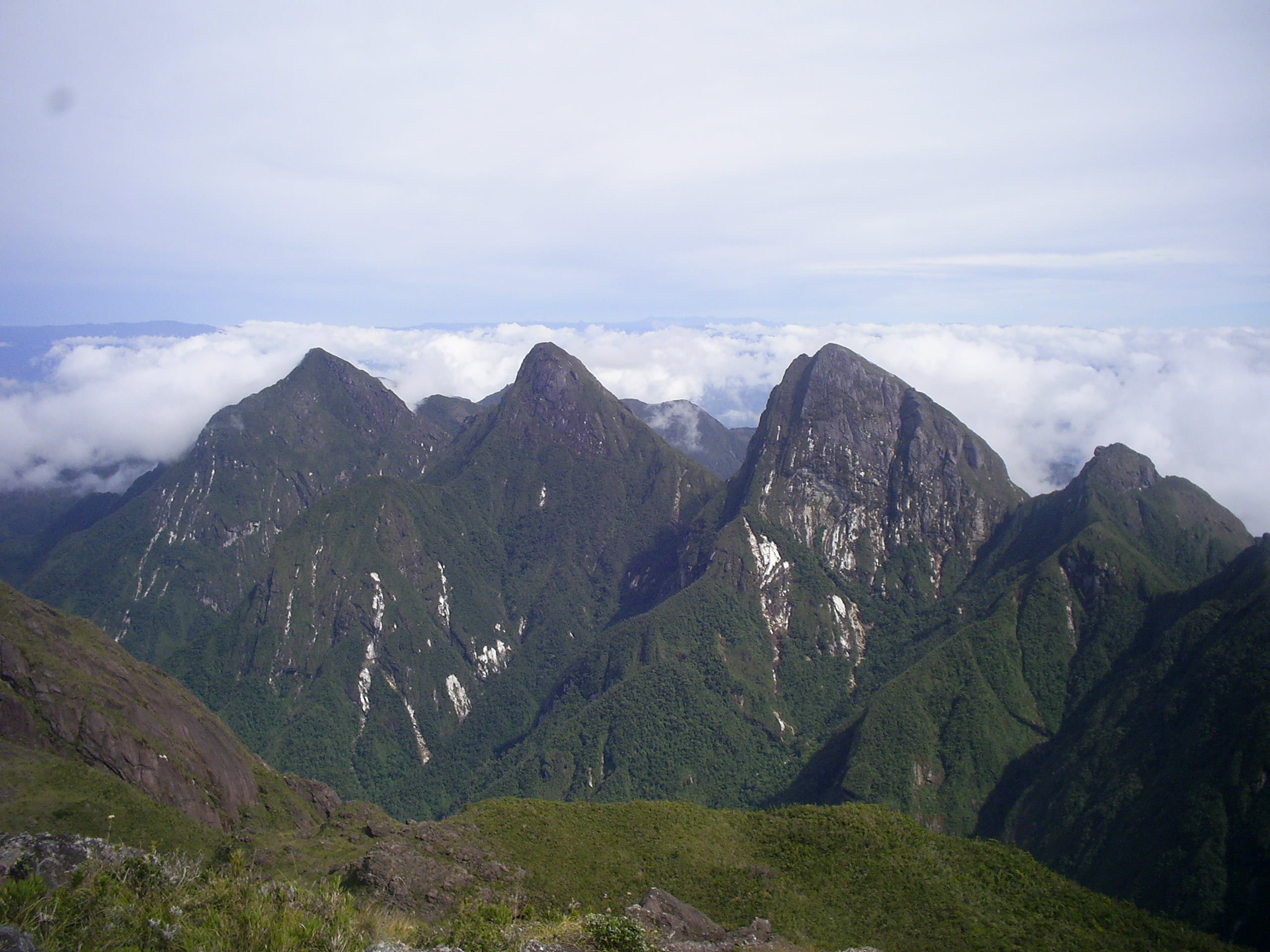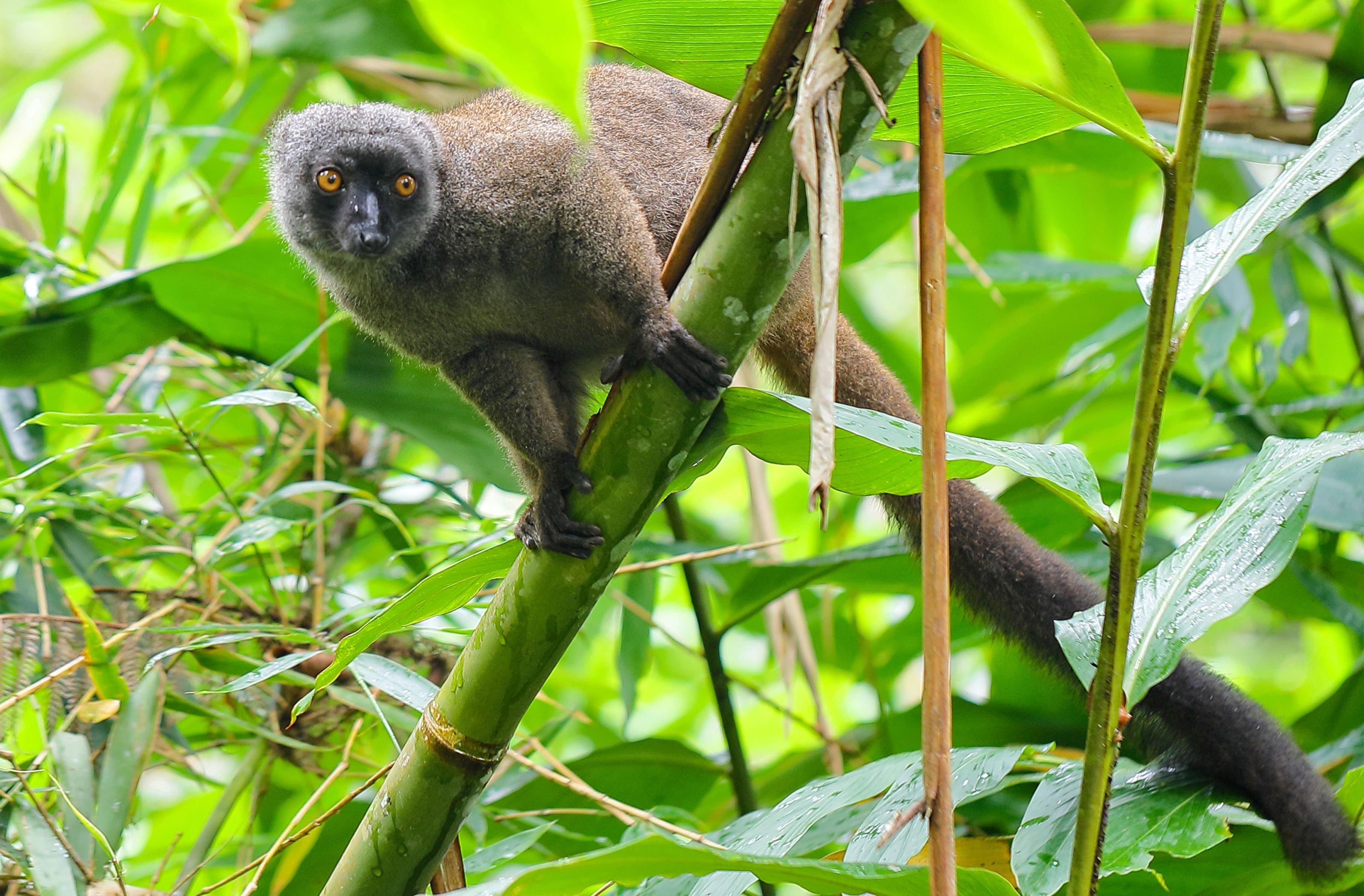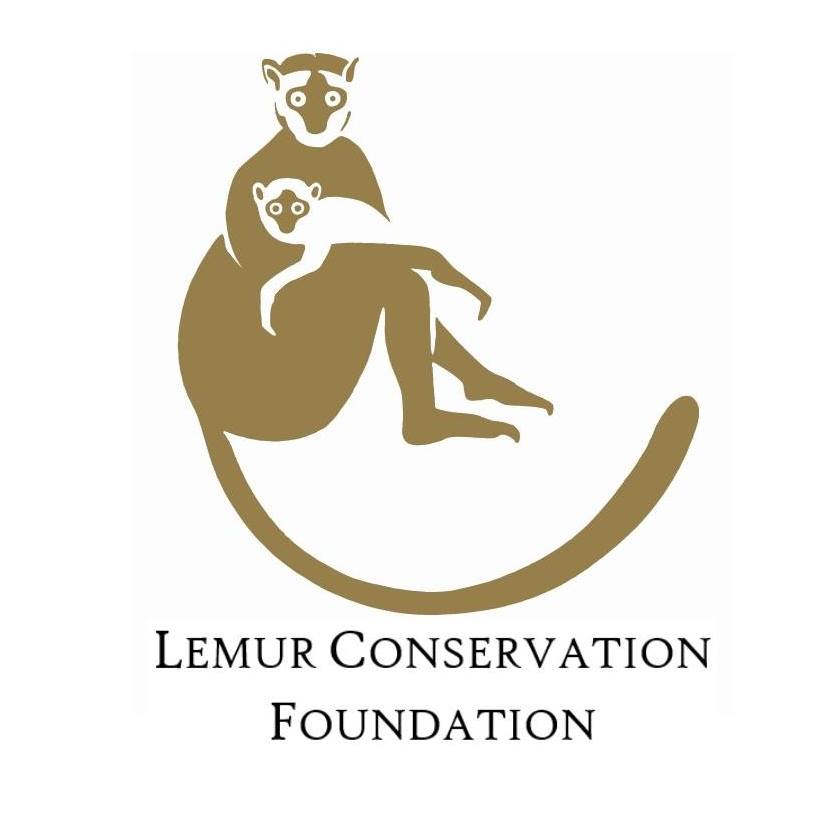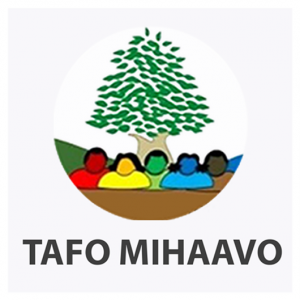
Marojejy
On the plan
VISIT US
Depending on your means of transport :
- Ground Transportation
-Parking : Andranobevava, Nosibe Angarangarana
-Frequency: Saturday, Tuesday, Thursday
-Fare/person: 140,000 Ar, please allow for luggage costs if over 20 Kg
- Duration: 3 to 4 days
- Continuous travel 24/24h
- Maritime transport
None
- Air transport
Madagascar Airlines scheduled flight to SAMBAVA (ATR)
- Landing at SAMBAVA airport
- Transfer by private car from Sambava to Manantenina welcome office
- Distance: 65 Km
- Duration: 1h to 1h30min
Then transfer by bush cab, Sambava to Manantenina welcome office
- Distance: 65 Km
- Duration: 1h30min to 2h30min
- Cost 7,000 Ar per person
Ideal period
Bonne période de visite (haute) saison: saison sec Aout, septembre, octobre et mi novembre
Autres saison : visite possible, saison de pluie est la bonne période de ‘observer les amphibiens
Available activities
- The main activities in Marojejy National Park are reserved for nature lovers, hiking and observing the extraordinary flora and fauna.
- Tours in Marojejy National Park are accompanied by guides, given the rugged terrain.
Reception infrastructures
The reception office and interpretation center are located on the RN3b road, in the village of Manantenina, Maroambihy rural district, Sambava district,
65 km from Sambava, 40 km from Andapa
Rest shelter at park entrance 5.6km from reception office,
- Camp mantella, 4.3km from the entrance, 2.5h to 3h walk, 450m altitude: the camp has 4 well-equipped bungalows for 16 people, 6 tent pitches, 2 pit toilets, 01 meal shelter with cooking utensils.
- Camp Marojejya: 2km from Camp Mantella, 1h walk, 775m altitude
The camp has 6 well-equipped bungalows for up to 24 people, 3 tent pitches, 2 pit toilets, 2 dining shelters with cooking utensils, 01 gazebo.
- Camp simpona: 2.3km from camp marojejya, 4h walk, 1,250m altitude
The camp includes 2 fully-equipped bungalows for 8 people, 3 tent pitches, 1 pit toilet, 01 dining shelter with cooking utensils.
Fees and charges
Download the reference document to find out more about park fees and charges.
Advisory equipment
- Walking shoes,
- Rucksack
- Rain gear
- Flashlight
- Mosquito repellent
- Sun cream
- Sunglasses
- Hat
- First-aid kit
- Toiletries
- Food and bottled water
The circuits
| Tours | Summary | Difficulty | Duration | Tour plans |
|---|---|---|---|---|
| Piste d’accès | At the beginning of the tour, before arriving at the entrance, visitors have the chance to discover the daily life of the local population: agriculture, their customs, species of chameleon, snake, etc. | 80 to 180m altitude | 2h walk | |
| Mantella | Discover the low-altitude primary rainforest; you'll have the chance to meet reptile and amphibian species (such as Mantella laevigata, boophis, Sanzinia madagsacariensis etc.), lemur species (such as bamboo lemur, elmur albifrons), bird species (including Blue Coua, Prevost's Eurycere, etc.). Along the way, you'll take a short break in a natural pool on a natural waterfall; 30 min from Camp Mantella, you'll also have the advantage of visiting a beautiful Humbert waterfall estimated to be 40 m high. At Camp Mantella, at an altitude of 450m, there are six bungalows equipped with beds, sheets, matélas and oreillets, and a dining shelter with cooking utensils. Two shared pit toilets are available for visitors. 6 camping sites with tents are also available. | Forest trail in natural rubble at 450 m elevation. Fairly steep slope. Hiking trail | 2 to 3 hours walk | |
| Piscine noire | Just 600m from the entrance, a circuit reserved for day-trippers is open for picnics, with the chance of encountering bird species such as blue coua, siketribe and white-fronted lemurs. This circuit, located in the low-altitude forest, offers the chance to admire a waterfall with a black pool. | An easy circuit accessible to everyone 180m above sea level. | 30min | |
| Simpona | Linking Camp Mantella and Camp Marojejya; along this circuit you'll find Brookesia Karchei, a species of endemic palm (Marojejya insignis); on this circuit you'll also have the chance to find Silky Sifaka, a species of lemur covered with extremely white fur endemic to the region; at Camp Marojejya is the boundary between lowland and mid-altitude forest. Beautiful views of granite cliffs and mountains covered in intense green forests are adored by visitors to Camp Marojejya. | Passage on a circuit maintained on natural rubble, from 450m to 775m altitude | 1 to 2 hours' walk from Mantella camp | |
| Takthajania | In the Middle Forest, an old fossil, the famous takthajania perrieri, a plant from the time of the Dynausores discovered 120 million years ago, can be discovered 1km from Camp MarojejyaD. | Difficult circuit 775 to 1000m altitude | 1h walk |

